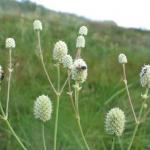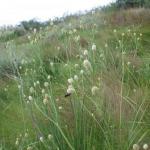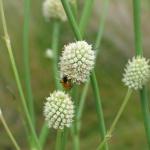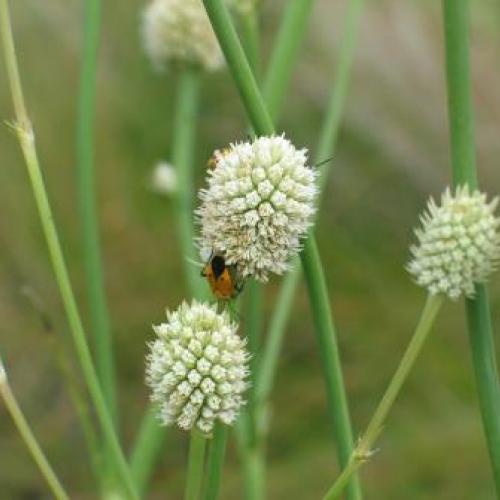Eryngium sparganophyllum (Arizona Eryngo)
| USFWS | State of NM | USFS | BLM | Navajo Nation | State Rank | Global Rank | R-E-D Code | NMRPTC Status | Strategy Status |
|---|---|---|---|---|---|---|---|---|---|
| SH | G1G2 | 2-3-1 | R | SS |
| Overall Conservation Status | Documented Threats | Actions Needed |
|---|---|---|
| WEAKLY CONSERVED | Other ecosystem modification |
Locate historic NM populations. |
Sivinski, R.C. and P. Tonne. 2011. Survey and assessment of aridland spring ciénegas in the southwest region. Section 6, Segment 25, Progress Report submitted to: NM Forestry Division, Santa Fe and USDI-Fish and Wildlife Service, Region 2, Albuquerque, New Mexico. Available http://www.emnrd.state.nm.us/SFD/ForestMgt/documents/SWCienegaSurvey.pdf
Gray, A. 1853. Plantae Wrightiana, Part 2, Smithsonian Institution, Washington DC. pg. 65.
Arizona Game and Fish Department. 2004. Arizona eryngo. Unpublished abstract compiled and edited by the Heritage Data Management System, Arizona Game and Fish Department, Phoenix, Arizona. Available http://www.azgfd.gov/w_c/edits/documents/erynspar.d.pdf
Mathias, M. E. & L. Constance. 1941. A synopsis of the North American species of Eryngium. American Midland Naturalist 25(2): 361-387.
Stevens, L.E. and V.J. Meretsky (eds.) 2008. Aridland springs in North America: ecology and conservation. The University of Arizona Press and The Arizona-Sonora Desert Museum, Tucson.
For distribution maps and more information, visit Natural Heritage New Mexico





